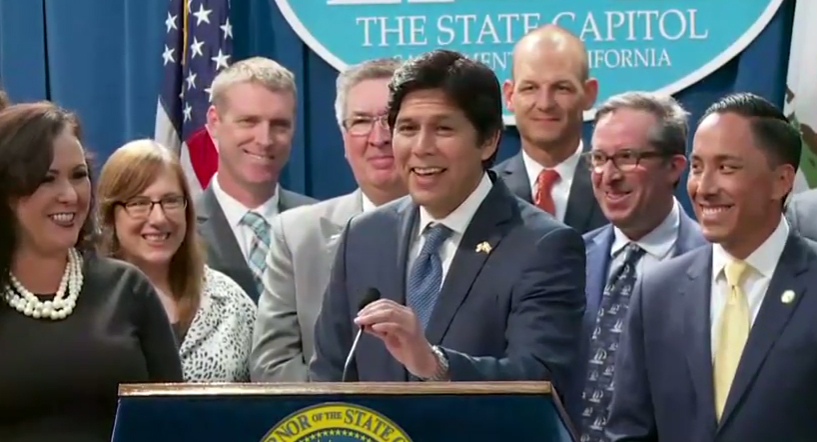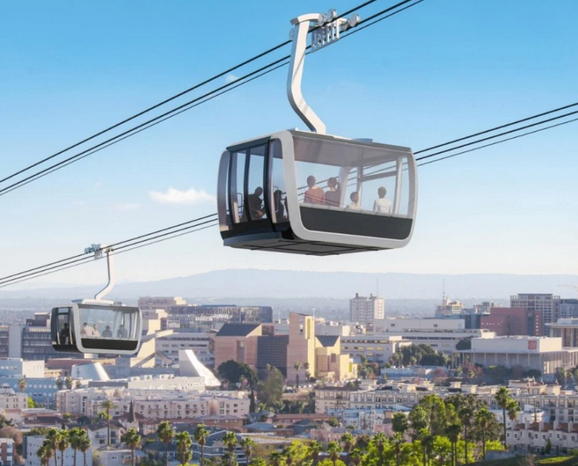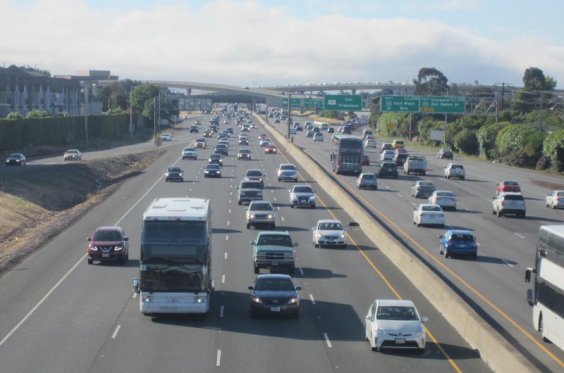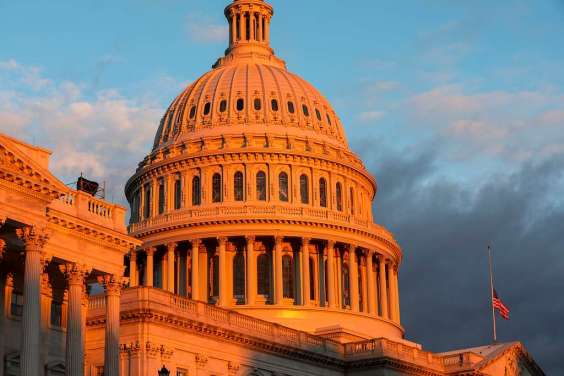Flanked by legislative and environmental leaders, Governor Jerry Brown signed S.B. 100 today. The bill--now law--authored by Senator Kevin de León (D-Los Angeles), revises goals for clean energy, moving them up by several years. It requires California to get fifty percent of its energy from renewable resources by 2026, and sixty percent by 2030. The ultimate goal of the bill is to achieve 100 percent renewable electricity by 2045.
The bill also contains provisions to prevent the state's increasing use of renewables from shifting dirtier energy to other states, and to keep it from increasing carbon emissions outside of California.
Setting these ambitious targets is, as leaders said at the signing ceremony, a “historic moment” and reason to celebrate for the legislators and environmental leaders. The past few years have seen the legislature set ambitious greenhouse gas reduction targets, extend cap-and-trade, set goals to replace gas cars with zero-emission vehicles, and set goals to reduce fossil fuel use and increase energy efficiency. This bill raises the targets that California has already been working towards in recognition of the "existential crisis" that is climate change.
California has also been pushed, by legislators and community advocates, to focus these efforts on the communities that have historically suffered the most from pollution and climate change. Tom Steyer, founder and major funder of NextGen America, was among the people gathered at the ceremony; he highlighted the justice issue, saying California's work on it sets it apart.
“The difference between California and every other place I travel to,” he said, “is that when we talk about energy and climate, we start with the word 'justice.' This state has been using energy policy not just to move towards clean energy but also to redress environmental injustice that has been foisted on our poor communities and our communities of color for decades.”
Californians, he said, “have understood that to separate energy from justice is a big mistake.”
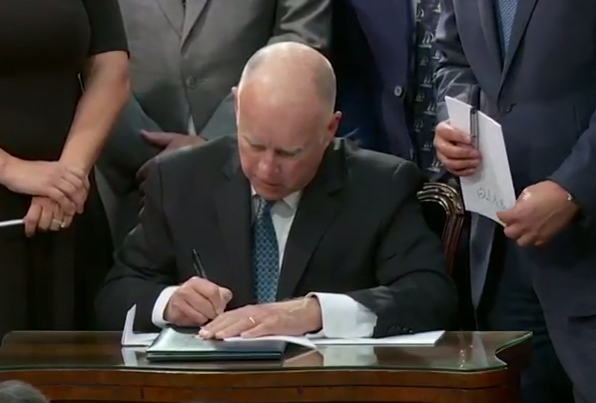
For the most part, the ceremonial speeches stayed on the theme of California's pioneering leadership in combating climate change. It was the first of a number of celebrations by outgoing Senator Kevin de Leon and outgoing Governor Jerry Brown, who said he will be signing “several more bills this week” addressing environmental issues.
“But have no illusions,” he said. “California and the rest of the world have miles to go before we achieve zero-carbon emissions."
The signing comes on the eve of the Global Climate Action Summit taking place in the Bay Area this week, co-chaired by Governor Brown. The summit includes a big calendar of related events, many of which can be live-streamed by anyone. It will provide a forum for leaders at all levels to discuss worldwide efforts to reach the goals of the Paris Accords, and comes amid a growing urgency to take action.
Streetsblog will be attending and reporting on the summit throughout the week.
Follow Streetsblog California on Twitter @StreetsblogCal
